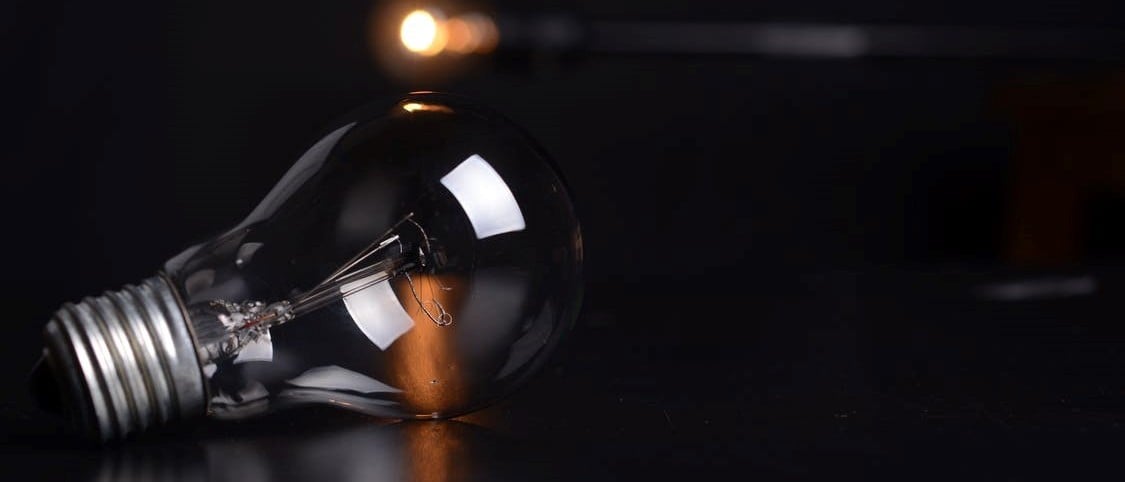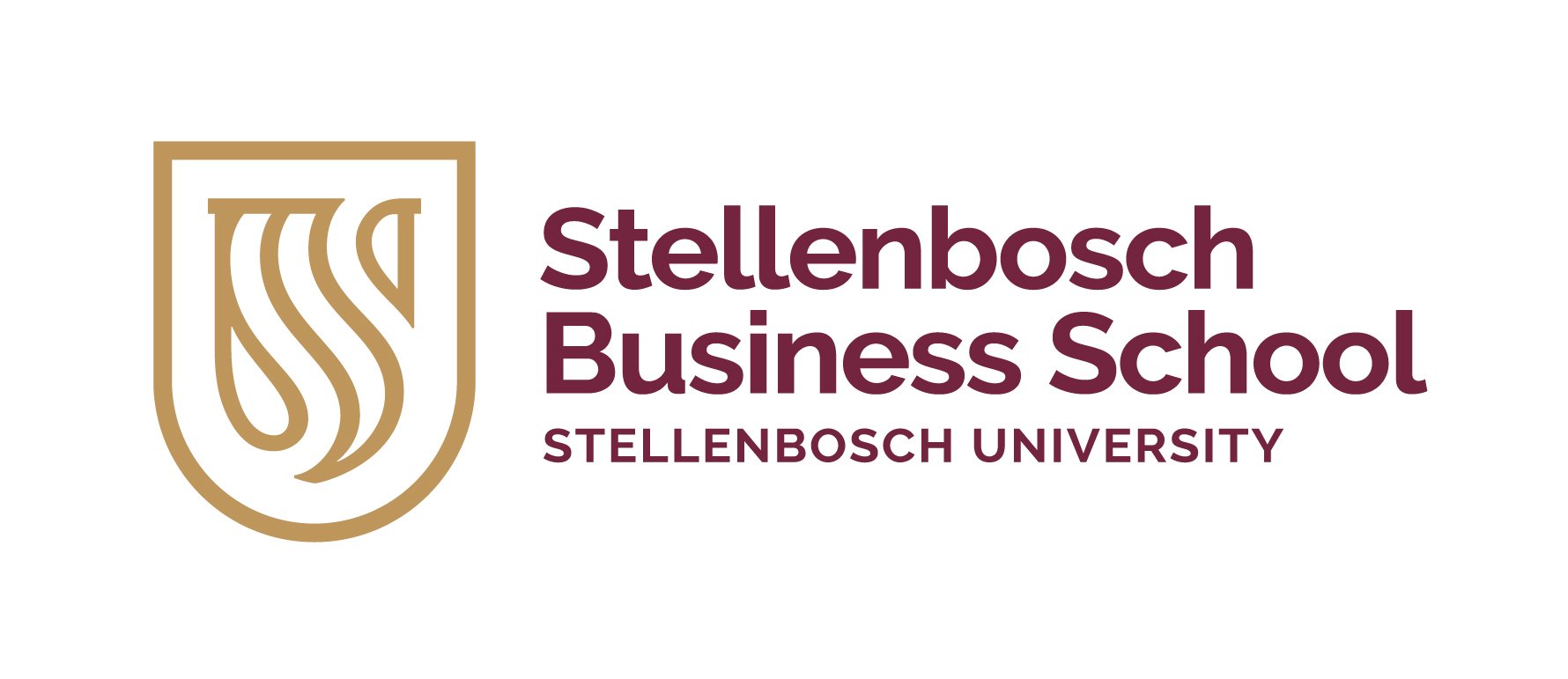
The four capabilities you and your business require for future success
By Unknown
Achieving sustained value creation in a world of deep, volatile and disruptive change means organisations and leaders will need dynamic new capabilities to maintain success and stay relevant into the future.
Understanding the future better than competitors, making more intelligent decisions, moving faster and bouncing back smarter will be essential in a world where “ideas are the new currency in a hyper-competitive business environment and innovation driving new forms of customer value is relentless,” says Deidre Samson, Senior Research Associate at the Institute for Futures Research at the University of Stellenbosch Business School (USB). Deidre is also a partner in Future-Fit, a Futures Consultancy.
“Future success, from a personal and business perspective, has never been less of a sure thing. Climate change, pandemics, hyper-competition and the relentless disruption of technology all combine with other driving forces to ensure that no business is safe and no career is secure,” she said.
Whilst many businesses previously relied on historical data and past performance to inform strategic decisions about the future, Samson said making sense of the past provided only a part of the picture and was no longer enough to predict future success.
To ensure sustained relevance and customer value, four distinctive capabilities need to be developed, operationalised and renewed over time:
- We need to make better sense of the future than our competitors (Foresight).
- We need to make prescient, systemic and intelligent decisions (Acuity).
- We need to move faster to deliver new forms of future value to customers and society (Agility).
- We need to learn from adversity and bounce back, smarter and more competitive than before (Resilience).
Samson said these four essential capabilities could be summed up as Foresight, Acuity, Agility, and Resilience.
“Capabilities enable us to do something on a sustained basis.”
“Capabilities are often confused with competencies, but the reality is that they are not the same thing. Competencies are a current state of peoples’ skills or abilities to do a job. Capabilities take us into the future, they include key resources required, peoples’ competencies, systems and processes, integrating mechanisms and sound governance. They should also be adaptable and flexible to meet changed circumstances.
“Capabilities enable us to do something on a sustained basis. To compete successfully, some of these capabilities need to be what Teece calls dynamic capabilities. Dynamic capabilities are the ‘distinctive things that we need to do better than our competitors to ensure strategic success,” Samson said.
The four key capabilities work together in an integrated, dynamic way to support long-term, sustained value creation.
Foresight
“Foresight is the ability to create and maintain a high quality, coherent and functional forward view,” Samson said.
“Everything starts with strategic Foresight – making sense of the future in order to make informed decisions about what we are going to do to address challenges and take advantage of opportunities. Foresight requires that we constantly scan the environment, consider the likelihood and assess the potential impact of a myriad of interconnected forces driving change. It requires that we join the dots, gain insights based upon expertise and intelligent use of data, and model plausible scenarios towards which we navigate.”
Acuity
Acuity is defined as “sharpness of vision, hearing, quickness of thought”.
Samson said that Acuity translates foresight into “intelligent decisions to inform our actions”. Acuity means being in touch with what’s happening around us, being honest about our strengths and weaknesses, having deep expertise in our future arenas of opportunity whilst ‘seeing’ the systemic connections that set up both intended and unintended consequences. Acuity represents both rational and emotional intelligence, doing what’s right in a world full of ethical dilemmas and strategic trade-offs. It’s all making key choices – about when to do things alone and when to partner with others. It’s about building social relationship capital based on trust with other people and organisations in a broader ecosystem.
Agility
Agility is the ability to move quickly and easily.
“In an asset-rich but time-poor world, Agility ensures timeous results. If we can’t move fast enough to implement new ways of doing things, if we are too slow in delivering new forms of value, if we let excessive bureaucracy hamstring our ability to respond, we are dead in the water. We run the risk of having great ideas but not being able to execute fast enough and then we are simply not able to take advantage of the opportunities our foresight has created.”
Resilience
Resilience is the capacity to overcome and bounce back from adversity, also comprises the ability to learn from experience.
“Covid-19 has introduced the word ‘pivot’ to many executives vocabulary, the ability to change direction to deal with an urgent challenge.”
“Foresight doesn’t mean that we get it right every time. There are going to be times when we are blindsided or when events – like the Covid-19 pandemic – come out of nowhere to impact our best-laid plans. Covid-19 has introduced the word ‘pivot’ to many executives vocabulary, the ability to change direction to deal with an urgent challenge. Resilience means that we ‘pivot’, bounce back quickly from adversity and use the experience to learn, embrace new opportunities and reposition ourselves for even greater success,” she said.
Samson said both individuals and organisations needed to take time out to reflect, learn new skills and develop new ways of strategising and working centred on these four capabilities.
“Competition for survival has evolutionary roots, manifest in today’s hyper-competitive business environment. Remaining relevant by matching and beating competitors as they jostle and position for advantage, ratchets up the speed and pace of change. These capabilities are the new ‘muscles’ that organisations need to build to be fit for the future. They need to permeate all levels or parts of an organisation.”
“As organisations, we need to be resilient to bounce back from adversity and survive…”
“Will we ever get off the rollercoaster? Probably not. From a biological perspective, we cannot rely on evolution to save the day. We have to intervene in this relentless race by being able to do things that enable us to survive and thrive. This is as true for an individual as it is for those acting as stewards of enterprises. As organisations, we need to be resilient to bounce back from adversity and survive, and as people, we also need to be courageous, prescient and insightful to thrive in championing the future challenges and opportunities to be found within our careers,” she said.
